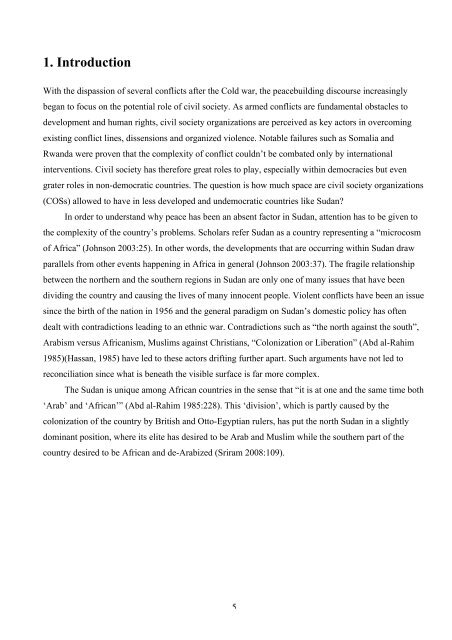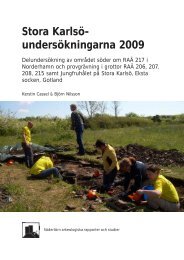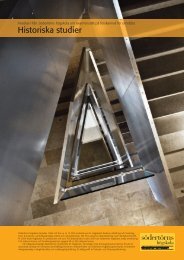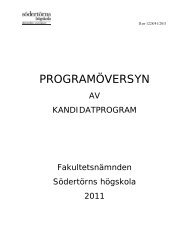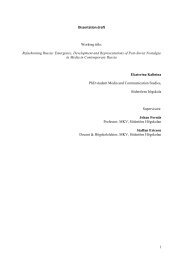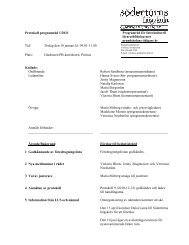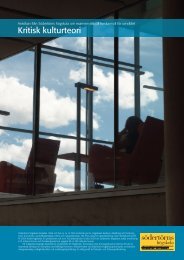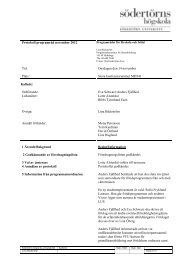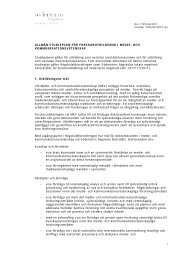CIVIL SOCIETY IN PEACEBUILDING - A Case Study Analysis of ...
CIVIL SOCIETY IN PEACEBUILDING - A Case Study Analysis of ...
CIVIL SOCIETY IN PEACEBUILDING - A Case Study Analysis of ...
Create successful ePaper yourself
Turn your PDF publications into a flip-book with our unique Google optimized e-Paper software.
1. IntroductionWith the dispassion <strong>of</strong> several conflicts after the Cold war, the peacebuilding discourse increasinglybegan to focus on the potential role <strong>of</strong> civil society. As armed conflicts are fundamental obstacles todevelopment and human rights, civil society organizations are perceived as key actors in overcomingexisting conflict lines, dissensions and organized violence. Notable failures such as Somalia andRwanda were proven that the complexity <strong>of</strong> conflict couldn’t be combated only by internationalinterventions. Civil society has therefore great roles to play, especially within democracies but evengrater roles in non-democratic countries. The question is how much space are civil society organizations(COSs) allowed to have in less developed and undemocratic countries like Sudan?In order to understand why peace has been an absent factor in Sudan, attention has to be given tothe complexity <strong>of</strong> the country’s problems. Scholars refer Sudan as a country representing a “microcosm<strong>of</strong> Africa” (Johnson 2003:25). In other words, the developments that are occurring within Sudan drawparallels from other events happening in Africa in general (Johnson 2003:37). The fragile relationshipbetween the northern and the southern regions in Sudan are only one <strong>of</strong> many issues that have beendividing the country and causing the lives <strong>of</strong> many innocent people. Violent conflicts have been an issuesince the birth <strong>of</strong> the nation in 1956 and the general paradigm on Sudan’s domestic policy has <strong>of</strong>tendealt with contradictions leading to an ethnic war. Contradictions such as “the north against the south”,Arabism versus Africanism, Muslims against Christians, “Colonization or Liberation” (Abd al-Rahim1985)(Hassan, 1985) have led to these actors drifting further apart. Such arguments have not led toreconciliation since what is beneath the visible surface is far more complex.The Sudan is unique among African countries in the sense that “it is at one and the same time both‘Arab’ and ‘African’” (Abd al-Rahim 1985:228). This ‘division’, which is partly caused by thecolonization <strong>of</strong> the country by British and Otto-Egyptian rulers, has put the north Sudan in a slightlydominant position, where its elite has desired to be Arab and Muslim while the southern part <strong>of</strong> thecountry desired to be African and de-Arabized (Sriram 2008:109).5


